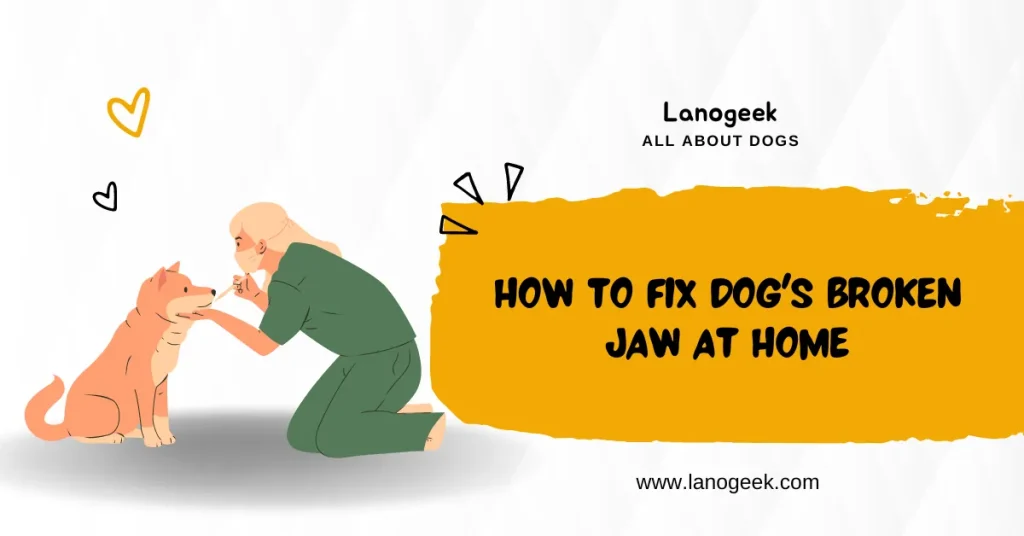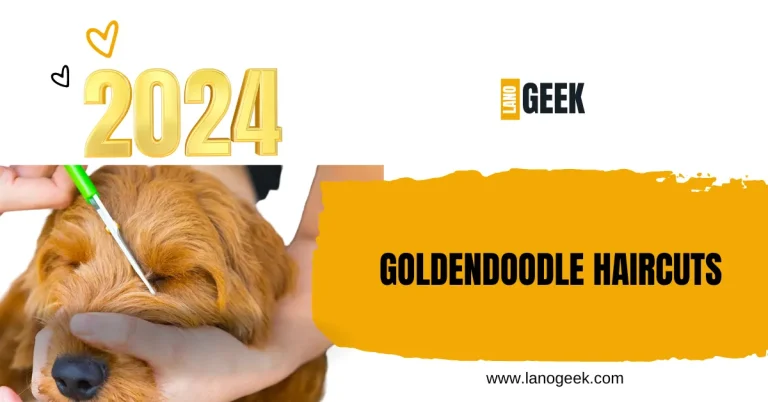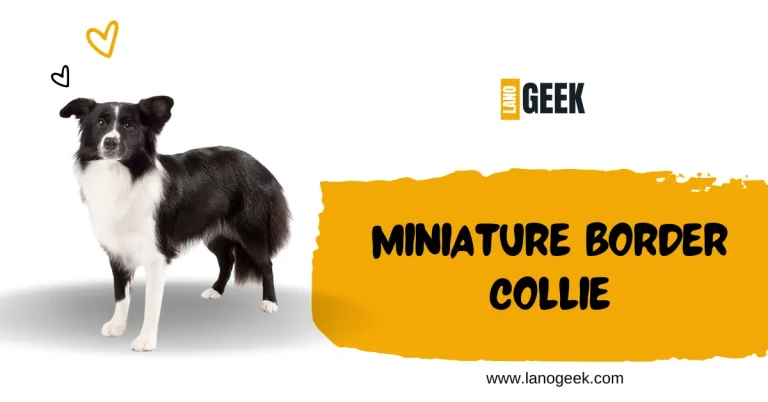Broken jaws in dogs can be distressing for both pets and their owners. Understanding the causes behind these injuries is crucial for prevention and prompt treatment. In this comprehensive guide, we will look into the primary reasons responsible for broken jaws in dogs.
Recent read: How Many C Sections Can A Dog Have?
From traumatic incidents like car accidents and fights with other dogs to the insidious effects of periodontal disease, we explore the factors that increase the risk of mandibular fractures. The aim of this topic is to empower dog owners with the knowledge they need to keep their furry friends safe and healthy.
Immediate Veterinary Care for Dogs with Broken Jaws
When it comes to broken jaws in dogs, immediate veterinary care is paramount. Upon suspecting a jaw fracture, it’s crucial to seek veterinary attention promptly. A thorough assessment will not only diagnose the jaw fracture but also evaluate for any accompanying injuries, such as brain trauma or internal organ damage.
Veterinary evaluation is essential, especially in cases of traumatic incidents like car accidents or fights with other dogs. Even if the fracture seems isolated, there may be hidden injuries that require urgent attention.
Delaying veterinary care can exacerbate the dog’s condition and lead to complications. Timely treatment ensures that the fracture is addressed promptly, minimizing pain and discomfort for the dog.
Treatment Options for Broken Jaws in Dogs
When it comes to treating broken jaws in dogs, veterinarians have several options at their disposal:
- Metal Plates, Wires, and Screws: In more severe cases, metal plates, wires, and screws may be used to stabilize the fractured jaw bones. This surgical approach allows for precise alignment of the fracture and provides stability during the healing process.
- Acrylic Splints: For less severe fractures, acrylic splints may be a viable treatment option. These splints are simpler to place and may not require a complicated surgical procedure. They help support the fractured jaw and promote proper alignment for healing.
- Primary Goal of Treatment: Regardless of the method used, the primary goal of treatment is to correctly align the teeth and stabilize the fracture. This ensures optimal healing and functionality of the jaw.
Post-Surgery Care
After undergoing surgery for a broken jaw, dogs require specialized care to support their recovery:
- Avoid Chewing on Hard Objects: To prevent damage to the surgical site, dogs should avoid chewing on hard objects during the healing process. Providing soft toys or restricting access to hard chew items can help prevent complications.
- Soft Diet: Dogs should be fed a soft diet or food made into a paste-like consistency to minimize pressure and motion around the fracture. This helps promote healing and reduces the risk of further injury.
- Confinement and Leash Usage: To minimize activity and prevent excessive movement of the jaw, dogs should be confined and kept on a leash during the recovery period. This helps ensure that the surgical site remains stable and allows for optimal healing.
Feeding After Jaw Surgery
Proper nutrition is essential for dogs recovering from jaw surgery. Dogs should be fed a soft diet to minimize pressure on the surgical site and promote healing. Softened kibble or canned food is ideal during the initial recovery period. In some cases, feeding tubes may be necessary initially while the dog adapts to their new situation. Detailed instructions for the use and care of feeding tubes are provided by the veterinarian to ensure the dog receives adequate nutrition during this time.
Owners should monitor their dog’s eating habits and weight during the recovery process. If there are any concerns about appetite or weight loss, it’s important to consult with the veterinarian for guidance on adjusting feeding strategies.
Conclusion
In conclusion, trauma and periodontal disease are common reasons behind broken jaws in dogs. Understanding these causes can help prevent injuries and promote early intervention. From metal plates and wires to acrylic splints, veterinarians have various treatment options for repairing broken jaws in dogs. The primary goal should be to achieve proper alignment and stability to facilitate healing. After undergoing surgery, dogs require specialized care to support their recovery. This includes avoiding chewing on hard objects, sticking to a soft diet, and minimizing activity to prevent complications.






